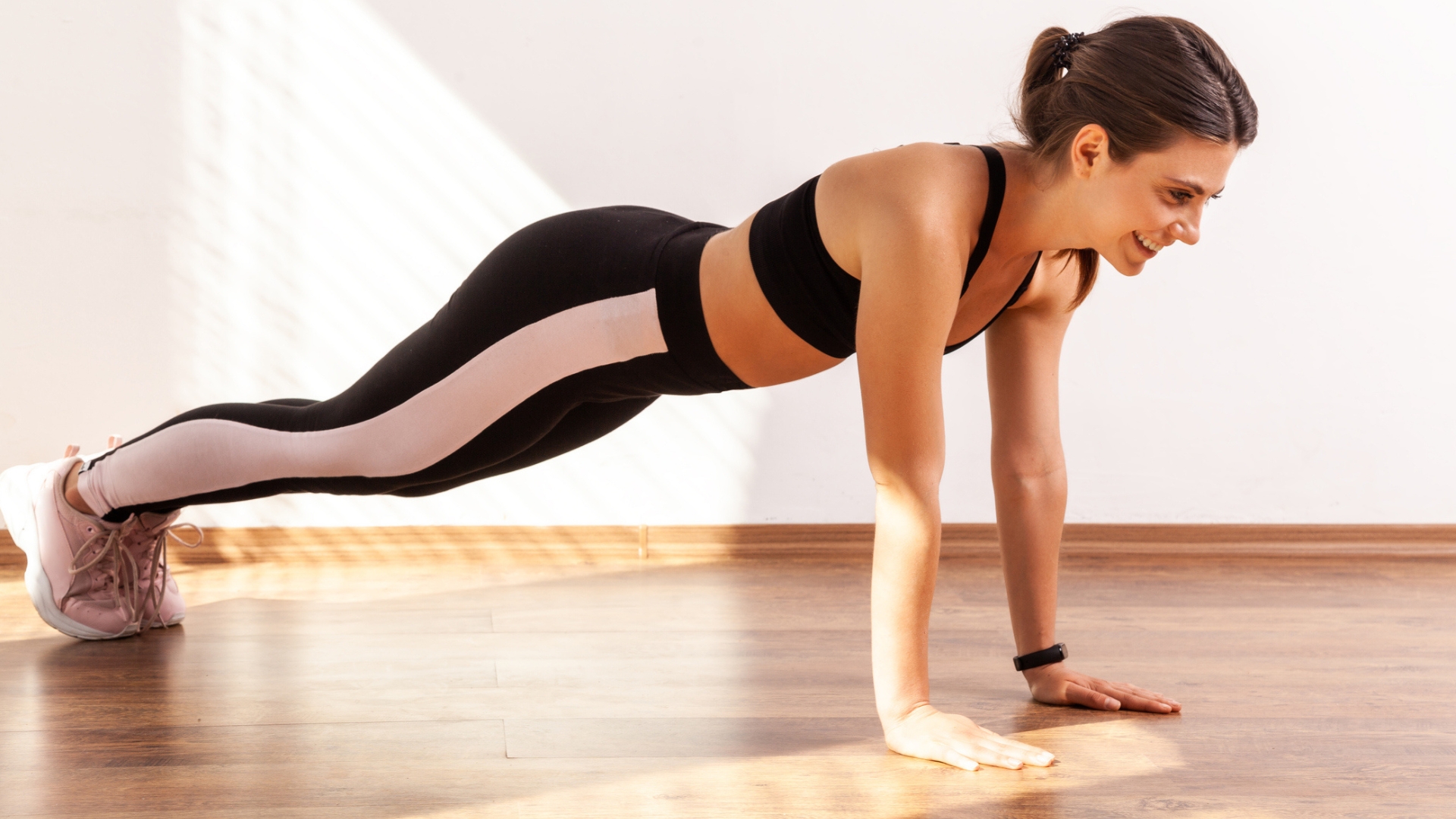
Admit it—you're guilty of skipping warm-ups sometimes. When life feels busy and overwhelming, it can be difficult to find the time to exercise, never mind taking an extra ten or 15 minutes to mobilize.
But warming up could transform the way you move, making your workouts more effective and reducing your risk of injury, so it's well worth trying to make some time for them.
This doesn't mean you need to double your workout time. Alasdair Nicoll, who is a personal trainer at The Fitness Group, says there's one simple move that will help to prime your entire body for exercise.
"One thing that I think can be really useful to warm up a lot of different muscles within the body, and raise that heart rate is something called an inchworm or a walkout," he says.
It's a move you can do without any equipment and it will engage a wide range of muscles across the entire body.
"This move will help you work on core strength and stability, upper-body strength through your arms, chest and back, as well as the hamstrings, glutes and quads," Nicoll says.
How to do an inchworm
- Stand tall with your feet hip-width apart and your arms at your sides.
- Hinge at your hips and bend forward, reaching your hands towards the floor. If your hamstrings are tight, you can bend your knees.
- With your hands on the floor in front of you, begin to walk them forward while keeping your feet in place. Walk your hands out until your body is in a high-plank position with your hands under your shoulders and your body in a straight line.
- Hold the high plank briefly, ensuring your core is engaged then walk your feet towards your hands, keeping your legs as straight as possible until your feet meet your hands again.
- Stand up to reset and then repeat eight to 10 times.
Why it's important to raise your heart rate during warm-ups
You might think of a warm-up as simply mobilizing and stretching. But as well as priming your muscles by increasing their range of motion, it's also a good idea to raise your heart rate. And an exercise like the inchworm should do just that, if you do a few rounds.
"When we increase our heart rate, our heart is going to start to pump oxygenated blood around the body and we need that oxygen and our muscles to help us to go and produce energy and produce force," Nicoll explains.
"It also minimizes the risk of injury," Nicoll adds. "If we've got all this blood pumping around our body, it's going to effectively make our muscles much more pliable. And so when we go to exercise, your body is prepared for what's about to come."
Saying that, you don't want to be exhausted before starting your workout. Instead, Nicoll recommends thinking about something known as the RPE scale, which stands for the rate of perceived exertion.
"One on the scale would be very easy and then 10 would be I'm exhausted and there's nothing else I can do," he says. "Generally for a warm-up, we want to get to around five."
Try adding an inchworm into your warm-up routine to activate your muscles and get your heart rate up. You can also try some of the best stretching exercises.







